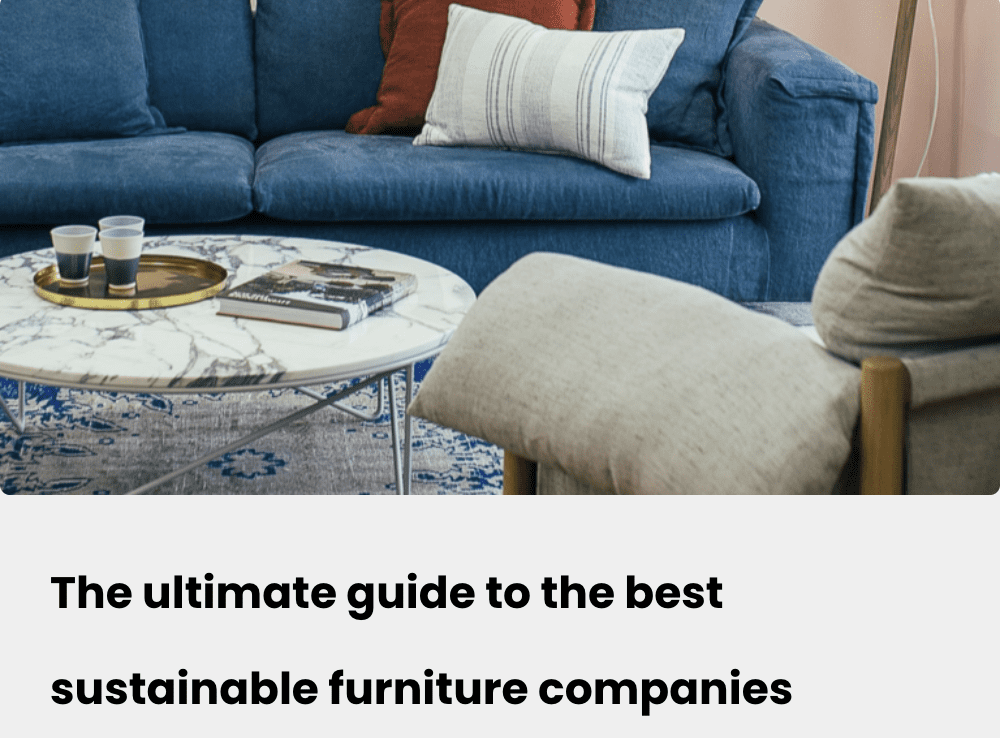In this post: I examine why it can be hard to make choices that align with our green values and how happiness and sustainability may provide some solutions to better decision making.
I care about the planet – research says that most people do. But as much as I care, it’s hard to always follow through with the actions I know are right. I’ve often suspected this means I’m a bad person. It turns out it doesn’t mean I’m a bad person, as much as it means I’m a human person.
I recently came across a Climate One story, Yes, Happiness and Climate Action Can Go Together, in which host Greg Dalton interviewed Pediatric Neurosurgeon Ann-Christine Duhaime, MD, and Jiaying Zhao, PhD, Associate Professor of Psychology at the University of British Columbia to learn more about this phenomenon.
What makes taking climate change action so hard?
First, Dr. Duhaime shared that when it comes to the issue of sustainability, one of the reasons that it’s so hard to align actions with values is because of the way our brains have evolved. Generation after generation, our brains have been programmed to prioritize short-term rewards over long-term gains.
This was a totally logical strategy in a society where the primary focus of life was finding the next meal to stay alive. In that world, it was super important to be motivated by what was right in front of you and not so important to worry about what was coming in the next year, decade, or generation.
Unfortunately for us, our climate problem is evolving faster than our brains. Does this mean we are doomed? Not necessarily.
Nudge yourself toward sustainability
The good news is that there is evidence suggesting we can “hack” our brain’s reward system to help us make short term decisions that align with our larger values. This includes looking more closely at our psychology, and what’s worked to change behavior in other situations.
Choice architecture, or nudges, have been shown to influence behavior in some situations. The objective in choice architecture is to make the positive choice also the easier and more attractive one. The classic example of choice architecture is making healthier foods more convenient so that you are more likely to reach for them versus a less healthy choice.


Recommendation 1: surround yourself with good choices
When applied to interior design, utilizing choice architecture could mean looking first at sustainable options. With all of the great choices available today, you’re likely to find something you love so there’s no need to torture yourself by looking at every option under the sun.
Phone a friend
Utilizing social rewards is another powerful way to impact change. This means using the inherent rewards that you get from socializing to help you maintain the commitments you make to yourself. Make pledges with friends to reduce your plastic consumption, carpool to work, or walk to the store. Share what works with your network so that you can be on the journey together.
Recommendation 2: build a community
Follow sustainable companies online to get ideas that you can apply to your own home. (We recommend The Home Green!) Build your community of like-minded people by going where they are.


Be realistic
Dr. Duhaime suggests that even just knowing that some decisions are just naturally hard for us and having that expectation can help us when we’re feeling torn between our short term desires and long term morals. Understanding that the positive feeling we get from the short term decision doesn’t necessarily mean the other one isn’t important to us, just that our brain recognizes it differently.


Recommendation 3: focus on the big picture
Prepare yourself for the fact that sometimes the sustainable option may be less appealing, at least in the short run. Keep the big picture in mind when you approach a new home project and you’ll be better prepared to grit your teeth and make the decision your brain knows is the right long-term choice.
Don’t worry, be happy?
Dr.Zhao studies how happiness can be aligned with positive climate action for more sustainable outcomes. Her learnings include that shame and guilt are not conducive to making long-term changes. Her feeling is that if preventing drastic negative climate outcomes requires us to all make huge, unpleasant sacrifices, we’re in trouble.
Instead, she and fellow professor of psychology at the University of British Columbia, Dr. Elizabeth Dunn, have created the “happy climate action.” This framework examines the sweet spot where individual happiness and positive climate action intersect.
Part of this is reframing and focusing more on the positives and less on what you are restricting. She talks about how the meat industry is such a huge contributor to greenhouse gas production but that for most of us, going completely vegan would be a miserable experience. Her suggestion is to instead focus on eating more plant-based foods everyday – which are scientifically shown to increase happiness – and reframe meat as a treat. (or a sometimes food as we say to our 7-year-old)
Recommendation 4: make shopping a treat
Make home purchases a treat. It’s easy to get desensitized to the abundance in our lives. I know I have been guilty of stopping by the local discount homeware store and mindlessly buying whatever shiny object caught my eye that day.
Dr.Zhao argues that by making shopping a treat and buying fewer, higher quality items, you will maximize your happiness and decrease your carbon footprint. I’ve been trying this and focusing on buying fewer items, and ones from working artists and vendors whose values align with mine. So far it has not felt like a sacrifice, and is actually bringing me more joy than the cheap tchotchkes ever did




Bonus recommendation: check out the bunny!
If you have 10 minutes to increase your immediate happiness, I’d definitely recommend watching Dr.Zhao’s TED talk. The pictures of her bunny, Greenwich, alone, are certain to increase your happiness.
If you found this helpful, we hope you’ll subscribe to our newsletter or follow us on social for ongoing recommendations. And please share what’s working for you!
Other articles you may enjoy
Free tips and inspiration in your inbox
Enter your email address below to receive the latest news from The Home Green.




